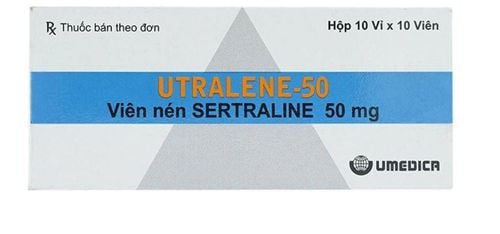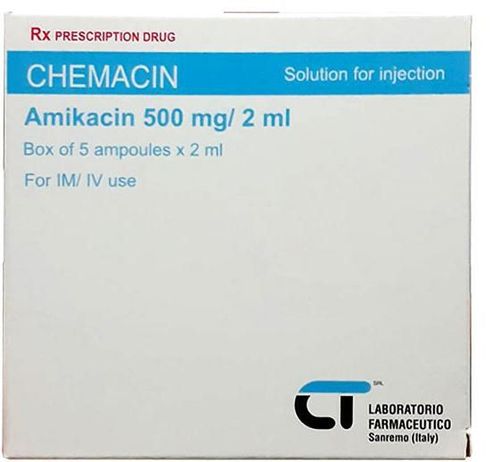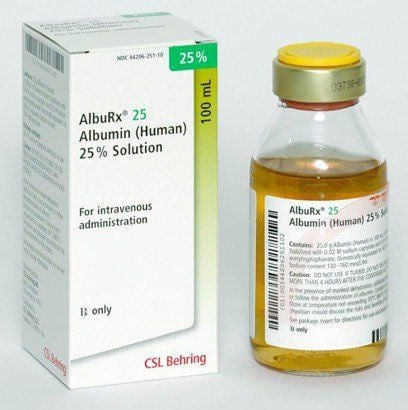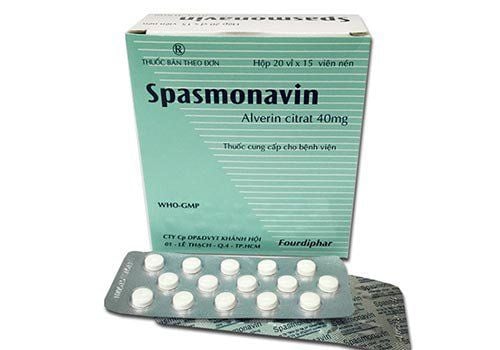This is an automatically translated article.
What does Teicomedlac do, is it an antibiotic? With the main ingredient is Teicoplanin, Teicomedlac drug has an anti-bacterial effect, preventing bacteria from growing and developing causing serious infections.1. What effects does Teicomedlac have?
Teicomedlac belongs to the group of drugs to treat parasites, infections, viruses and fungi, with the main ingredient being Teicoplanin 400mg. Teicoplanin has a bactericidal effect, including aerobic and anaerobic Gram-positive bacteria. Teicoplanin inhibits bacterial growth and development.Bacteria strains that Teicoplanin active ingredient in Teicomedlac has the ability to kill include staphylococcus, streptococcus, enterococci, cocci, Listeria monocytogenes, corynebacteria of group J/K and Gram-negative bacteria. anaerobes (including Clostridium difficile, peptococci).
Teicomedlac drug is prepared as a powder for injection and is indicated for use in the following cases:
Treatment of serious infections caused by Gram-positive bacteria resistant to methicillin and resistant to cephalosporins (especially Staphylococcus aureus). Parenteral treatment of peritonitis in patients on continuous ambulatory peritoneal dialysis. Prophylactic treatment of Gram-positive infective endocarditis in dental surgery in patients with heart disease at risk, especially those allergic to beta-lactam antibiotics.
2. How to take and dose of Teicomedlac
Teicomedlac is administered by intramuscular, intravenous or intraperitoneal routes. The infusion technique is performed by the medical staff or the treating physician.The usual Teicomedlac dose is once a day after one or more loading doses. Specific groups of subjects are as follows:
Adults (normal kidney function): Intravenous infusion at a dose of 6mg/kg body weight/time/day (about 400mg/time/day) on the first day. This dose can be used for maintenance in the following days or Teicomedlac intravenous infusion at a dose of 3mg/kg body weight/day or intramuscularly at a dose once/day. The highest intravenous dose may be used to treat serious infections. If the infection is potentially fatal, intravenous infusion at a dose of 6 mg/kg body weight once and twice daily, Teicomedlac is administered for 1 to 4 days (loading dose), followed by intravenous infusion with This dose is for maintenance. Children: 10mg/kg body weight/time, once every 12 hours, take 3 doses, maintenance dose is 6 - 10mg/kg body weight/day. For severe infections or children with neutropenia, use Teicomedlac at the highest dose Neonates: Slow intravenous infusion over 30 minutes at a dose of 16 mg/kg body weight/day on the first day, then maintained at a dose of 8mg/kg body weight/day. Patients with renal impairment : Based on creatinine clearance to adjust the dose of Teicomedlac . If ClCr is 40 - 60mL/min, reduce dose by 1/2 or use every other day; ClCr less than 40mL/min and patients on dialysis, reduce to 1/3 dose or use 3 days apart; ClCr less than 20mL/min, only used in cases where it is safe to monitor the concentration of Teicomedlac in the blood. Prophylactic treatment of endocarditis in dental surgery: At the beginning of anesthesia, intravenous infusion at a dose of 400mg / time. If the patient has an artificial heart valve, combination therapy with aminoglycosides is required. Treatment of peritonitis by injection: In case the patient has fever, after intravenous administration of Teicomedlac with a loading dose of 400mg, use the drug at a dose of 20mg/liter of dialysis fluid. The duration of treatment can be longer than 7 days. In the 2nd week, the dose is reduced by 1/2 and in the 3rd week, the dose is reduced to 1/4.
3. Teicomedlac side effects
Teicomedlac may cause some unwanted side effects such as:At the injection site: Local reactions, allergic reactions. Gastrointestinal: Nausea, vomiting, diarrhea. Cardiovascular, hematologic: Hematologic reactions, tachycardia, chest discomfort, increased levels of uric acid and amylase in the blood. Liver and kidney: Teicomedlac may alter liver and kidney function. Nervous system: Headache, dizziness, weakness, convulsions. Ear: Tinnitus, hearing loss, vestibular disorders. Other: Superinfection. If the patient has any strange symptoms after taking Teicomedlac, they should immediately notify the medical staff or the doctor for timely treatment.













